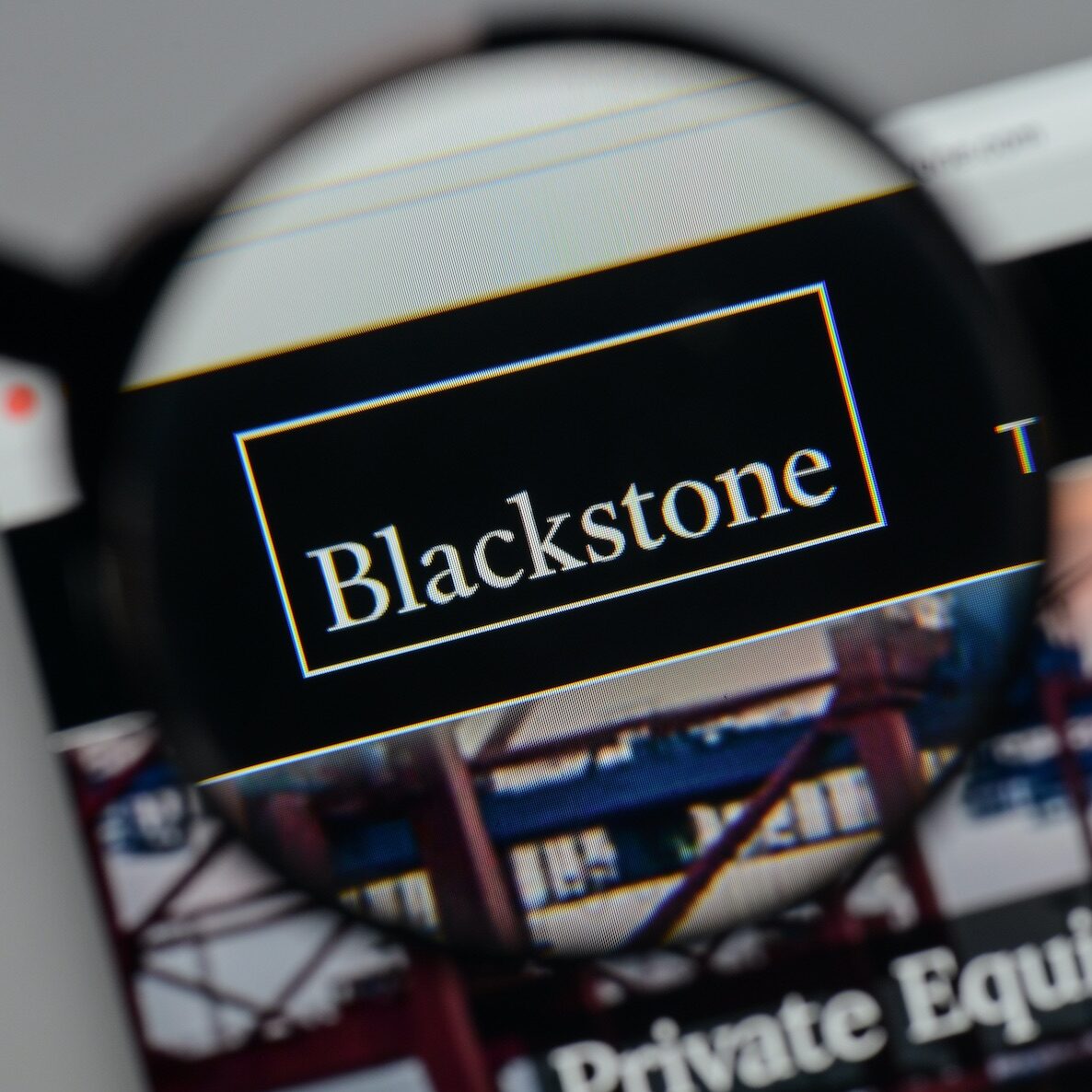LBO performance has fallen for three straight quarters from its 10-year high in 2017, according to eFront’s latest Quarterly Private Equity Performance report.
LBO funds have enjoyed almost a decade of increasing performance since the financial crisis, reaching an all-time high in the third quarter of 2017, with an all-time low risk in the preceding quarter. Following this peak, performance has drifted slightly lower through the first quarter of 2018, marking three consecutive quarters of declines, reaching 1.45x. However, performance remains well above the level seen during the financial crisis, when returns fell to below 1.1x, and active global LBO funds have outperformed the average of 1.3x achieved between 2009-2018 by 0.15x.
Selection risk, meanwhile, continues to show a long-term trend towards a lower level, with performance dispersion between the top 5 per cent and bottom 5 per cent funds stabilising at 1.34x – slightly above the all-time low of Q2 2017 (1.28x). However, the vintage year of 2016, previously slightly below average, is now above it. If confirmed by following vintage years as they mature, this increased return dispersion could signal the return to more challenging times in terms of fund manager selection.
Echoing Q1 2017, Q1 2018 has recorded an even sharper decrease of the average time-to-liquidity, which now sits at 2.63 years – well below the long-term average of 3.02 years. This could be explained by dividend recaps as credit remains affordable, as well as an increase in the number of exits, which are often recorded at the end of a calendar year. It could also be related to a significant number of assets added to portfolios recently (lowering the average duration of assets in portfolio), notably of add-ons to portfolio companies. Time-to-liquidity could soon reach the point where the exposure of fund investors to underlying assets could be seen as suboptimal, below 2.5 years.
Though overall fund performance tends to be higher than the long-term average, the first quarter of 2018 has confirmed divergence between vintage years: 2009 and 2014 are so far delivering a solid performance, while 2010 and 2013 are more subdued.
Overall, the performance of US funds stands above or on the long-term average, with 2009 and 2014 looking to be particularly strong performers. Western European LBO funds show a more volatile performance, most probably because of the euro crisis, with 2009, 2012 and 2014 looking to be the strongest years.
Tarek Chouman (pictured), CEO of eFront, says: “2018 has seen a return to more normal LBO fund performance levels after a decade of steadily rising performance. Risks have inched higher, but from an all-time low, meaning that while fund manager selection is more challenging, the general trend is towards lower risk in private equity fund selection. Putting capital to work is, however, ever more difficult, as time-to-liquidity decreases sharply, reflecting the growing challenges presented by high levels of dry powder and increasing competition.”






